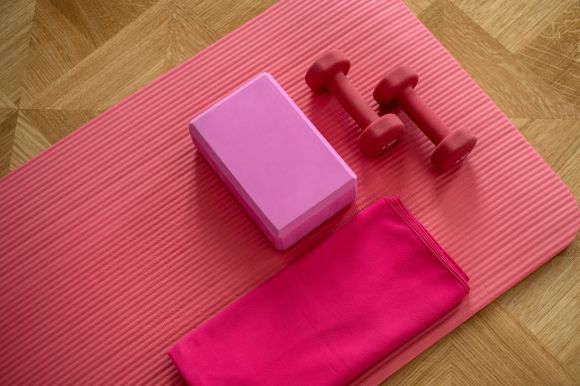Strength training is a great way to build muscle, increase endurance, and improve overall fitness. However, many people who engage in strength training eventually hit a plateau, where their progress stagnates and they struggle to see further improvements. Plateaus can be frustrating and demotivating, but they are not inevitable. With the right approach, it is possible to prevent strength training plateaus and continue making gains. In this article, we will explore some effective strategies to keep your strength training progress on track.
Vary Your Training Routine
One of the main reasons why people hit plateaus is because they stick to the same routine for too long. The body is incredibly adaptable, and it quickly becomes accustomed to the stress placed upon it. To prevent plateaus, it is important to regularly switch up your training routine. This can involve changing the exercises you do, altering the number of repetitions and sets, adjusting the weight, or incorporating new training techniques. By constantly challenging your body with different stimuli, you can keep it guessing and prevent it from reaching a plateau.
Progressive Overload
Progressive overload is a fundamental principle of strength training. It involves gradually increasing the demands placed on your muscles to stimulate growth and adaptation. To prevent plateaus, it is essential to continually challenge your muscles by progressively increasing the weight, intensity, or volume of your workouts. This can be done by adding more weight to the bar, performing more repetitions, reducing rest periods, or increasing the number of sets. However, it is important to increase the demands gradually to avoid injury and ensure proper recovery.
Focus on Technique
Proper technique is crucial for effective strength training and injury prevention. When your form starts to slip, it can limit your progress and increase the risk of injury. To prevent plateaus, it is important to focus on maintaining good technique throughout your workouts. This means using the correct posture, engaging the right muscles, and avoiding any unnecessary momentum or cheating. If you are unsure about the correct form for a particular exercise, consider working with a qualified trainer or watching instructional videos to ensure you are performing the movements correctly.
Prioritize Recovery
Recovery is often overlooked but is essential for preventing plateaus and maximizing strength gains. During strength training, you are essentially breaking down muscle fibers, and it is during the recovery period that they repair and grow stronger. To optimize recovery, make sure to prioritize sleep, as this is when the body does most of its repair work. Additionally, allow for adequate rest days between intense workouts to give your muscles time to recover. Incorporating techniques such as foam rolling, stretching, and massage can also help speed up recovery and prevent plateaus.
Track Your Progress
Keeping track of your progress is crucial for preventing plateaus. It allows you to see how far you have come and identify any areas where you may be stagnating. By tracking your workouts, you can monitor your strength gains, identify patterns, and make adjustments as needed. This can involve keeping a training log, recording your weights and repetitions, or using fitness apps and wearable devices to track your progress. By having a clear picture of your progress, you can make informed decisions about when and how to adjust your training to prevent plateaus.
In conclusion, hitting a strength training plateau can be frustrating, but it is not an insurmountable obstacle. By varying your training routine, implementing progressive overload, focusing on technique, prioritizing recovery, and tracking your progress, you can prevent plateaus and continue making gains in strength and fitness. Remember, consistency and patience are key, and with the right approach, you can break through any plateau and reach new levels of strength and performance.





